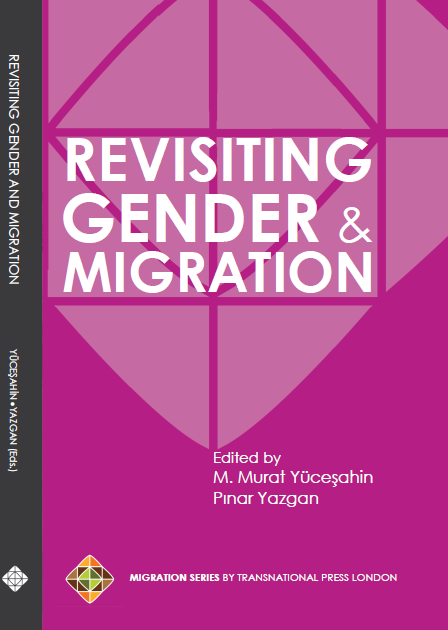Gendered Pathways: Central Asian Migration through the Lens of Embodiment
Gendered Pathways: Central Asian Migration through the Lens of Embodiment
Author(s): Natalia Zotova, Victor Agadjanian
Subject(s): Politics / Political Sciences, Social Sciences, Gender Studies, Geography, Regional studies, Migration Studies
Published by: Transnational Press London
Keywords: migration; Central Asia;gender;
Summary/Abstract: The collapse of the Soviet Union in 1991 gave a start to mass international migration (Heleniak, 2008). Migration flows were first fueled by the regional insurgence, ethnic conflicts and civil war in Tajikistan (1992-1997), subsequent instability and economic turmoil. The shift from limited spatial mobility to development of massive population flows happened in a short historic span. While Russia became the destination country of choice for labor migrants from former Soviet states (Heleniak, 2008; Abashin, 2014), the patterns of mobility, motives and participants changed over time. Migration from Central Asian countries is fueled by economic difficulties; however, the causes of migration should not be limited to economic terms only. Rather they could be defined in a broader context of human insecurity.
Book: Revisiting Gender and Migration
- Page Range: 41-59
- Page Count: 19
- Publication Year: 2017
- Language: English
- Content File-PDF

